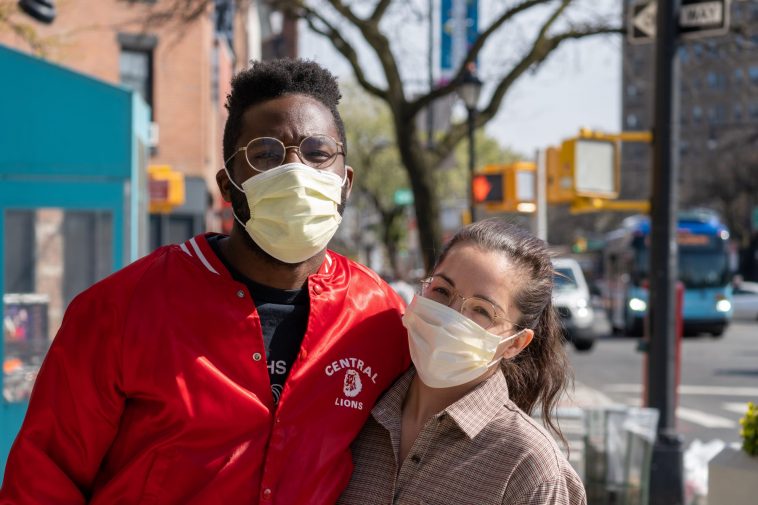H
umans, in general, are not particularly enthusiastic about unforeseen change and uncertainty. Partly just because we’re lazy. If we’re used to doing things a certain way, it just adds something else to think about which we’d frankly rather not.
But then there’s also the emotional attachment to things we don’t want to let go of. Or the loss of the control we’d built up within our previous “normal”. And of course, the lack of belief that the “new normal” could be as good as the last.
I, for example, am not the only person who wasn’t looking forward to having to stay at home in isolation when the great lockdown of 2020 first entered into our lives. I liked what I had before, it worked for me and I didn’t want to let go of it.
Yet, after a few weeks – as for many others – I began to quite enjoy my new normal. I liked not having to think about my commute, FOMO or wearing trousers. I adapted, as many others did – and just like we always do.
Of course, some may read this and feel they never adapted to the new realities of living in these times. But then there’s the other cold, hard truth we often choose to ignore, when fixated on keeping things as they are; that change will come again at some point – just like it always does.
The constant new normal
Despite how much we tell ourselves that things stay the same, or should stay the same, the reality is that the only constant is change itself. It’s that quote you’ve heard a million times, mostly because it’s so accurate.
No matter how perfectly static our little lives may feel, absolutely nothing is. The earth is constantly spinning on its axis. Our laundry baskets are constantly filling. Our bodies are constantly growing, shrinking, vibrating and working away on a molecular level, in order just to keep us going.
Big changes don’t appear from nowhere. They come in a tipping point from the constant change that is always happening and evolving. Once we become more familiar with that and accept it, then not only can we react differently when a major change comes, but we can maybe even see it coming before it does.
The change process
The good news is that the range of emotions we sometimes feel when going through unexpected change or loss, are so common, there’s even a psychological model for it. Developed in the 1960’s, originally referring to the grieving process, the model is commonly referred to as the “change curve” and has since been adapted to refer to the feelings people go through in the face of any significant, unforeseen change.
The model explains the sequence of emotions we feel, from the shock of receiving whichever news of change, to a range of emotions from denial, anger and sadness, before accepting and adapting to the new normal.


